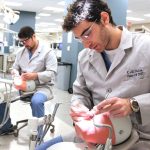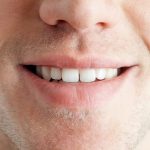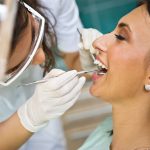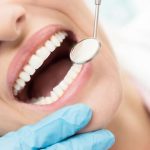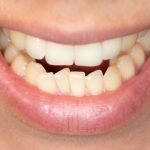Counting Cat Teeth: How Many Teeth Does an Adult Cat Have?
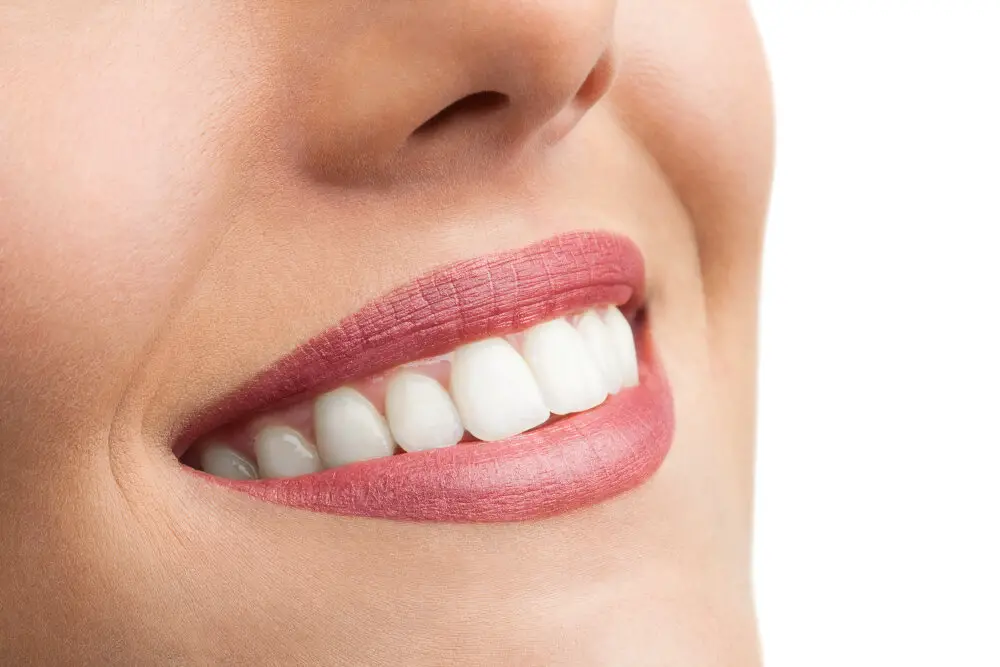
Cats are fascinating creatures that have captured the hearts of people for centuries. From their unique personalities to their playful nature, they have become one of the most popular pets in the world. However, there is more to cats than meets the eye, and one of the most interesting features of these felines is their teeth. It is no secret that cats have sharp teeth, but how many teeth do they actually have, and what purpose do they serve? In this article, we will explore the world of cat teeth, including how many teeth an adult cat has and what function each tooth serves. As carnivores, cats rely on their teeth to hunt and eat their prey. Their teeth are designed to rip and tear flesh, making them an essential part of their survival. But as pets, cats no longer have to hunt for their food, and their teeth serve a different purpose. Understanding the number and function of their teeth can help cat owners take better care of their furry friends and ensure their dental health is in top condition. So, let’s dive into the world of cat teeth and explore this fascinating part of our feline friends.
Knowing the number of teeth in a cat is essential for various reasons. Firstly, it helps in determining the age of a cat. The number of teeth and their condition can give a rough estimate of the cat’s age, which is helpful for veterinary purposes. Secondly, it helps in understanding a cat’s eating habits and dietary requirements. Cats have sharp, pointed teeth designed for hunting and eating meat. Therefore, knowing their teeth count can help in choosing the right food for their nutritional needs. Additionally, dental issues are common in cats, and knowing the number of teeth can help in identifying dental problems and seeking timely medical attention. Overall, counting cat teeth is necessary for monitoring their health and well-being.
This article will provide a comprehensive overview of the dental structure of adult cats, shedding light on the various types of teeth they possess and their functions. We will delve into the number of teeth an adult cat has, and discuss the differences between their deciduous teeth (baby teeth) and permanent teeth. Additionally, we will explore the importance of dental hygiene for cats, including tips for keeping your feline friend’s teeth healthy and clean. Whether you’re a cat owner or simply interested in learning more about feline dental anatomy, this article is sure to provide valuable insights and information.
Adult Cat Dental Anatomy
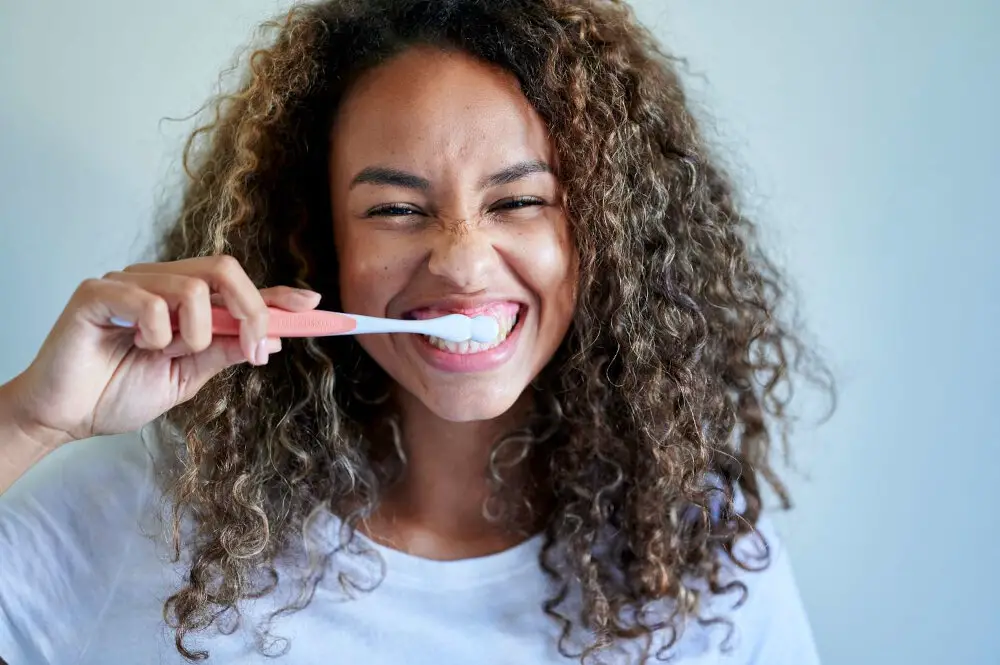
Adult cat dental anatomy is an essential aspect of a feline’s overall health. Cats have a total of 30 teeth, which consist of four types: incisors, canines, premolars, and molars. Incisors are located at the front of the mouth and are responsible for biting and grooming. Canines are the long, pointed teeth located next to the incisors and are used for tearing and biting. Premolars are located towards the back of the mouth and are used for grinding and crushing food. Molars are the largest and strongest teeth, and their primary function is to crush and grind food. The dental anatomy of cats plays a crucial role in their overall health and well-being. Regular dental check-ups and dental cleaning can prevent periodontal disease, which is a significant concern for cats. Periodontal disease is caused by the accumulation of plaque and tartar on the teeth and can lead to tooth loss, gum disease, and other health issues. Therefore, it is essential to monitor your cat’s dental health regularly and provide them with proper oral care to maintain healthy teeth and gums. By doing so, you can help your cat live a long and healthy life.
An adult cat’s dental anatomy consists of 30 teeth, with 16 in the upper jaw and 14 in the lower jaw. The teeth are composed of enamel, dentin, pulp, and cementum. The incisors, canines, and premolars are used for biting and tearing food, while the molars are used for grinding. The roots of the teeth are embedded in the jawbone and surrounded by periodontal ligaments, which help to hold the teeth in place. The tongue, cheeks, and lips work together to help the cat manipulate food while eating. Proper dental care, such as regular brushing and professional cleanings, can help maintain a healthy mouth for an adult cat.
A cat’s mouth is home to four types of teeth: incisors, canines, premolars, and molars. The incisors are located at the front of the mouth, and they are the first teeth that you see when a cat opens its mouth. These teeth are responsible for biting and grooming. The canines, also known as fangs, are located next to the incisors and are longer and sharper. They are used for tearing and holding prey. The premolars are located behind the canines and have two cusps each, which help the cat crush and grind its food. Finally, the molars are located at the back of the mouth and have four or five cusps each. These teeth are responsible for grinding and crushing food, making it easier for the cat to swallow and digest. All of these teeth work together to help a cat eat, groom, and defend itself.
When it comes to feline dental anatomy, adult cats have a total of 30 teeth. These can be categorized into different types, including incisors, canines, premolars, and molars. The incisors, located at the front of the mouth, are used for biting and grooming. Next, the canines, also known as fangs, are used for grabbing and tearing food. The premolars are found behind the canines and are utilized for shearing and grinding food. Lastly, the molars are the largest teeth in the cat’s mouth and are positioned at the back. These are used for crushing and grinding food. It is important to keep track of your cat’s dental health and schedule regular check-ups with their veterinarian to ensure healthy teeth and gums.
Kitten Dental Anatomy

Kitten dental anatomy is quite fascinating. Kittens are born without teeth, and their first set of teeth, called deciduous teeth, begin to emerge around 2-3 weeks of age. These deciduous teeth are temporary and will eventually fall out to make way for the permanent teeth. By the time a kitten is 6-8 weeks old, they will have a full set of 26 deciduous teeth. These teeth are smaller and whiter than adult teeth, and they have a more pointed shape. It is important to note that kittens need to be introduced to dental care early on, as their oral health can affect their overall health as they grow older. As kittens grow, their deciduous teeth will begin to fall out, and their permanent teeth will start to emerge. A kitten’s permanent teeth will begin to appear around 3-4 months of age, and by the time they are 6-7 months old, they should have a full set of 30 adult teeth. Adult cat teeth are larger and more durable than kitten teeth, and they have a flatter shape. It is important to note that adult cats, just like kittens, require regular dental care to maintain good oral health. Failure to properly care for a cat’s teeth can lead to dental disease, which can cause pain, infection, and other health issues.
The dental anatomy of kittens is an important aspect of their overall health and development. Kittens are born without teeth, but by the time they reach two to four weeks of age, their deciduous teeth begin to emerge. These baby teeth, also known as milk teeth, are smaller and sharper than adult teeth, allowing kittens to bite and chew their food. Kittens have a total of 26 deciduous teeth, which are replaced by their permanent teeth as they grow older. Adult cats have 30 teeth, including 16 upper teeth and 14 lower teeth, with four types of teeth, including incisors, canines, premolars, and molars. Understanding kitten dental anatomy is crucial to ensure that they receive proper dental care and maintenance throughout their lives.
Cats, like other mammals, have different types of teeth that serve different functions. Incisors are the small front teeth that cats use for grooming and biting into food. Canines, on the other hand, are the sharp and pointed teeth that are used for tearing and holding onto prey. Premolars are located behind the canines and are used for chewing and grinding food. Lastly, molars are the largest teeth in a cat’s mouth and are used for crushing and grinding tough food. It is important to note that not all cats have the same number of teeth, with adult cats typically having 30 teeth. Understanding the different types of teeth in a cat’s mouth can help pet owners identify any potential dental issues and ensure their feline friend maintains good oral hygiene.
When it comes to counting the teeth of a kitten, it’s important to note that they have a total of 26 deciduous teeth, also known as baby teeth, which are replaced by permanent teeth as they grow older. These teeth consist of 12 incisors, four canines, and 10 premolars, with no molars at this stage. The incisors are located at the front of the mouth and are used for grooming and nibbling, while the canines are longer and sharper, meant for tearing food apart. The premolars are located towards the back of the mouth and are responsible for shearing and grinding. As the kitten matures, their baby teeth fall out and are replaced by 30 permanent teeth, including four molars, which are used for crushing and grinding food.
Dental Problems in Cats
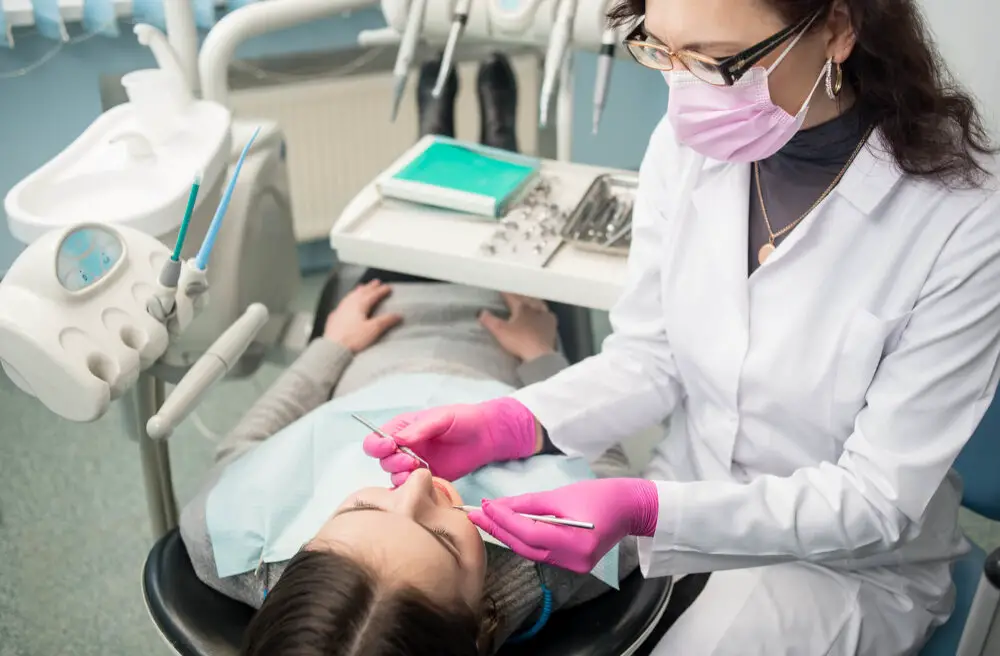
Dental problems are common in cats, and they can cause a lot of pain and discomfort. One of the most common dental problems in cats is periodontal disease. This disease occurs when there is an inflammation of the gum tissue, which can cause tooth loss and other health problems. The main cause of periodontal disease in cats is the buildup of plaque and tartar on the teeth. If left untreated, periodontal disease can lead to serious health problems such as heart disease and kidney disease. Therefore, it is important to take your cat to the vet for regular dental checkups and cleanings to prevent and treat periodontal disease. Another common dental problem in cats is tooth resorption. This is a painful condition that occurs when the tooth structure is broken down and absorbed by the body. Tooth resorption can be caused by a variety of factors, such as genetics, diet, and age. The symptoms of tooth resorption can include difficulty eating, drooling, and pawing at the mouth. If your cat is experiencing any of these symptoms, it is important to take them to the vet as soon as possible for treatment. In some cases, the affected tooth may need to be extracted to relieve your cat’s pain and prevent further damage.
Cats, like humans, are prone to dental problems that can affect their overall health and quality of life. One of the most common dental problems in cats is periodontal disease, which is caused by a buildup of plaque and tartar on the teeth and gums. This can lead to inflammation, infection, and tooth loss if left untreated. Other common dental problems in cats include tooth fractures, abscesses, and feline odontoclastic resorptive lesions (FORLs), which cause painful cavities to form in the teeth. Regular dental care, such as brushing your cat’s teeth and providing them with dental treats and toys, can help prevent these issues and ensure that your cat’s teeth and gums stay healthy.
Dental problems in cats can be challenging to identify, and pet owners may not notice the signs until the issue is advanced. Some of the most common indicators of dental problems in cats include bad breath, drooling, and difficulty eating. Cats with dental problems may also paw at their mouth or face, and their gums may appear red or inflamed. Another sign of dental issues is a decrease in appetite or weight loss. In severe cases, cats may show signs of pain or discomfort, such as vocalizing during mealtimes or avoiding eating altogether. Regular dental checkups with a veterinarian can help prevent and diagnose dental problems in cats before they become serious.
Prevention and treatment of dental problems in cats are crucial for maintaining their overall health and well-being. Regular dental checkups and cleanings from a veterinarian can help prevent dental issues such as periodontal disease, gingivitis, and tooth decay. Additionally, feeding cats a balanced diet of high-quality food and avoiding sugary treats can reduce the risk of dental problems. In cases where dental issues have already developed, treatment options may include antibiotics, tooth extractions, or even root canals. It is important for cat owners to be aware of the signs of dental problems in their pets, such as difficulty eating or bad breath, and to seek veterinary care promptly to ensure proper treatment and prevent further complications.
The number of teeth an adult cat has is 30, with 16 upper teeth and 14 lower teeth. These teeth are divided into incisors, canines, premolars, and molars. Cats use their teeth for hunting, grooming, and defending themselves. It’s important to take care of cat teeth by providing a balanced diet, regular brushing, and dental check-ups. Dental problems in cats can lead to pain, infection, and even systemic health issues. Owners should look out for signs of dental problems such as bad breath, drooling, and difficulty eating. Overall, maintaining good dental health is crucial for a happy and healthy feline.
In conclusion, dental care is of utmost importance for cats as it not only ensures healthy teeth and gums but also overall well-being. Regular check-ups with a veterinarian, proper dental hygiene, and a balanced diet can prevent the occurrence of dental diseases such as periodontitis, gingivitis, and tooth decay. Neglecting dental care can lead to severe consequences such as tooth loss, difficulty eating, and even systemic diseases. Therefore, it is crucial for cat owners to prioritize their pet’s dental health and seek professional help whenever necessary. By doing so, they can ensure a healthy and happy life for their beloved feline companions.
Conclusion
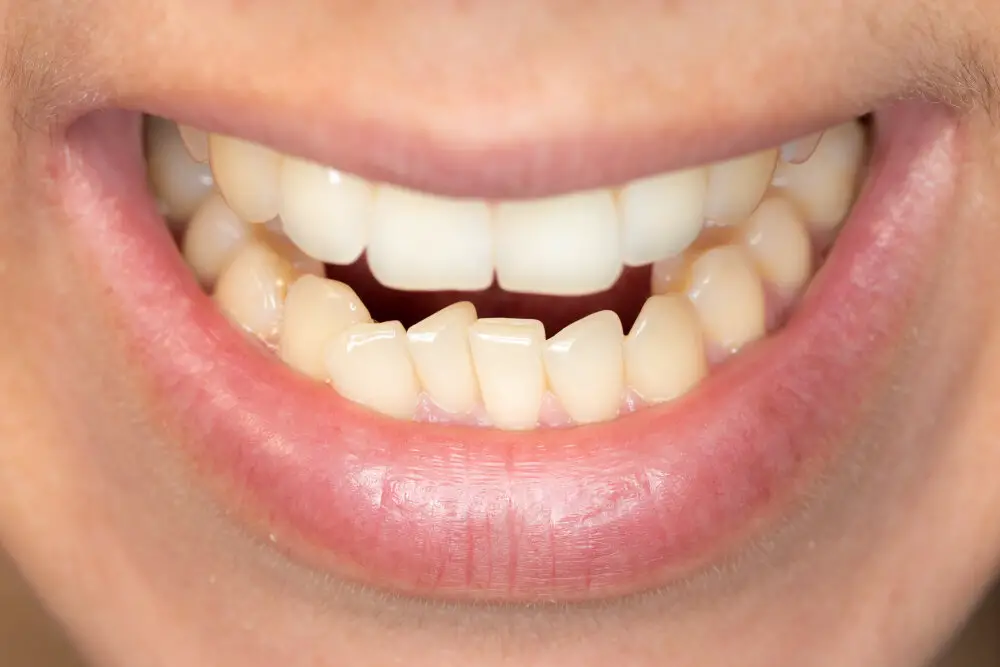
In conclusion, counting cat teeth may seem like a trivial task, but it can provide valuable insight into the health and well-being of our feline friends. With a total of 30 teeth in their adult years, cats use these tools not only for eating but also for grooming and defending themselves. Regular dental check-ups and proper oral hygiene can ensure that our cats maintain healthy teeth and gums throughout their lives. So next time you’re snuggling with your furry companion, take a peek inside their mouth and appreciate the unique and impressive dental structure of our feline friends.

